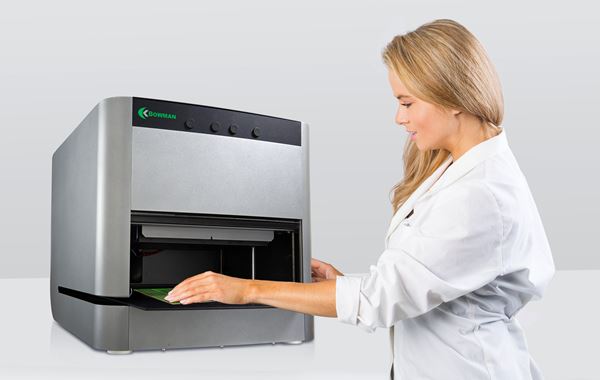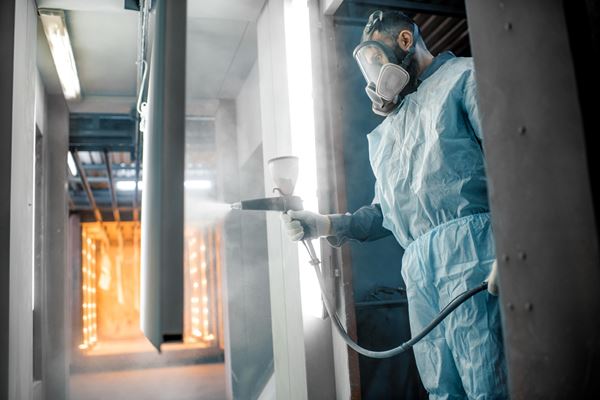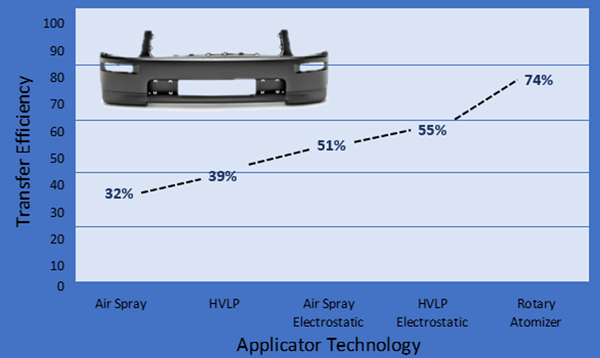Trends in Plating on Plastic
As plastics have become more ubiquitous, the demand for metal plating of plastics has increased.
Hexavalent to trivalent chromium — the environmental benefits
Regulatory pressures to switch from hexavalent chromium to trivalent alternatives are a growing concern for many finishing operations. In this Products Finishing Ask the Expert clinic, Brittany McKinney of Pavco discusses the environmental considerations driving these regulations.
How to Choose Between Sulfate and Chloride-Based Trivalent Chromium
There are several factors to consider when choosing between sulfate and chloride-based baths for trivalent chromium plating. Mark Schario of Columbia Chemical discusses the differences and what platers should keep in mind when evaluating options.
10 Anodizing Best Practices
Following this list of guidelines can help to increase the performance, cost effectiveness and quality for your anodizing operation.
Choosing Paint for Fast-Paced, Extra Slip, High Temp Applications
Many industrial applications require coatings that not only offer corrosion resistance and aesthetics, but provide additional attributes such as heat resistance and quick drying properties. This helpful clinic offers a few examples.
Advantages of UV-LED Spot Curing for Collision Repair
Carlisle Fluid Technologies’ Jacob Fortmeyer shares advantages, considerations and important equipment features for the UV-LED curing process.
Rework and Recoating Powder
Powder coating rework requires more than just recoating the part. Products Finishing columnist and powder coating consultant Rodger Talbert discusses proper steps that should be taken to ensure a quality finish.









